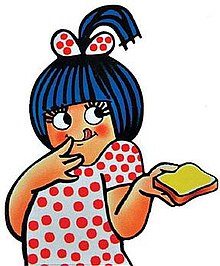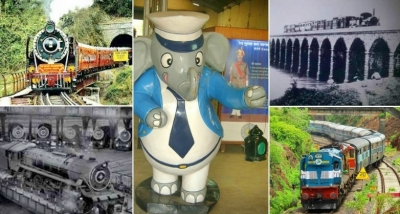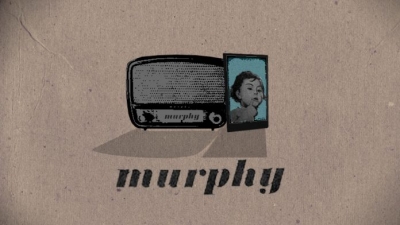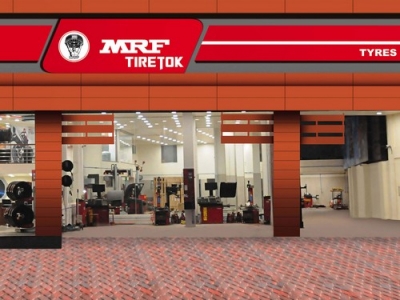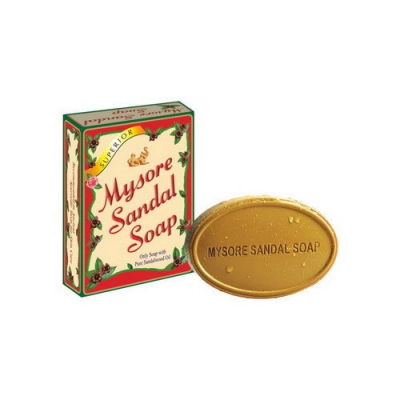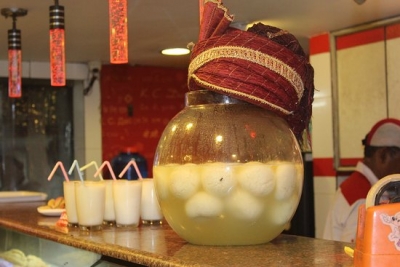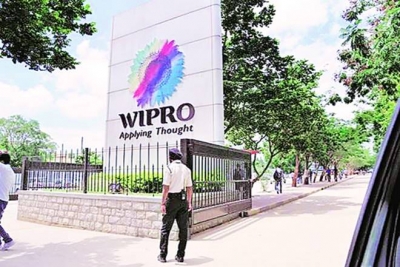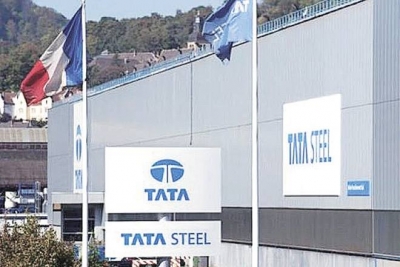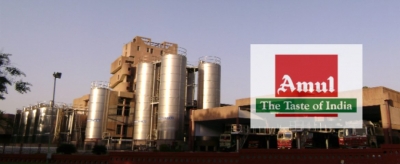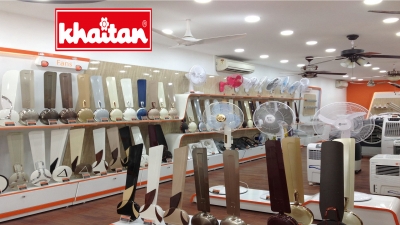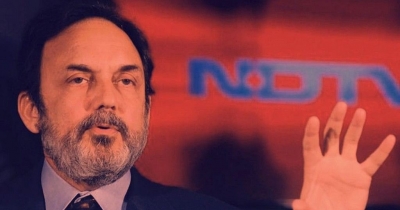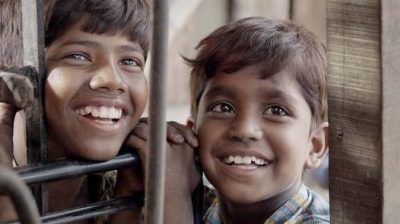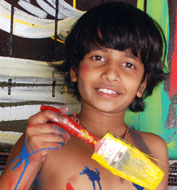Created in the 1970s, which little girl in a white frock was the face of advertisements for an Ahmedabad-based detergent brand, after which she was named?
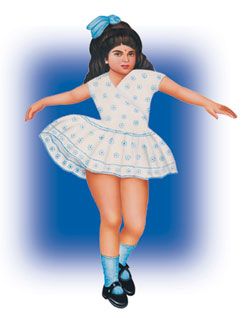
The girl on the Nirma packaging was actually the daughter of the founder of the company, Karsanbhai Patel. Even the name “Nirma” was derived from her – she was called Nirmala, and had passed away in an accident.
In the 1970s, the Indian washing powder market was dominated by Hindustan Lever Limited (HLL) and its Surf was pretty much THE detergent powder to use. While Surf was seen to be a little on the expensive side, people were willing to pay a slight premium for the convenience and consistency it provided. And well, the alternatives were either just as expensive or not really quite as good in terms of quality and performance. That changed with the emergence of a washing power called Nirma in the early seventies.
The ad started out as a relatively short one, but as the years passed, it became slightly longer, going up to a minute. And it almost always followed the same template – it featured a number of people singing, dancing and otherwise being very active at a variety of locations, ranging from a stage to locations like India Gate. These shots are interspersed with clothes being washed (of course, always by women). And then towards the end, the ad focuses on four ladies carrying packets of Nirma powder with them. It begins and closes out with the “Nirma girl,” the brand’s mascot who is seen twirling on the packets of washing powder.
The Washing Powder Nirma jingle is still widely played by people who just like to listen to it. People even sing the song on Smule, a social networking platform. Now, how’s that for being a chartbuster.
Picture Credit : Google
